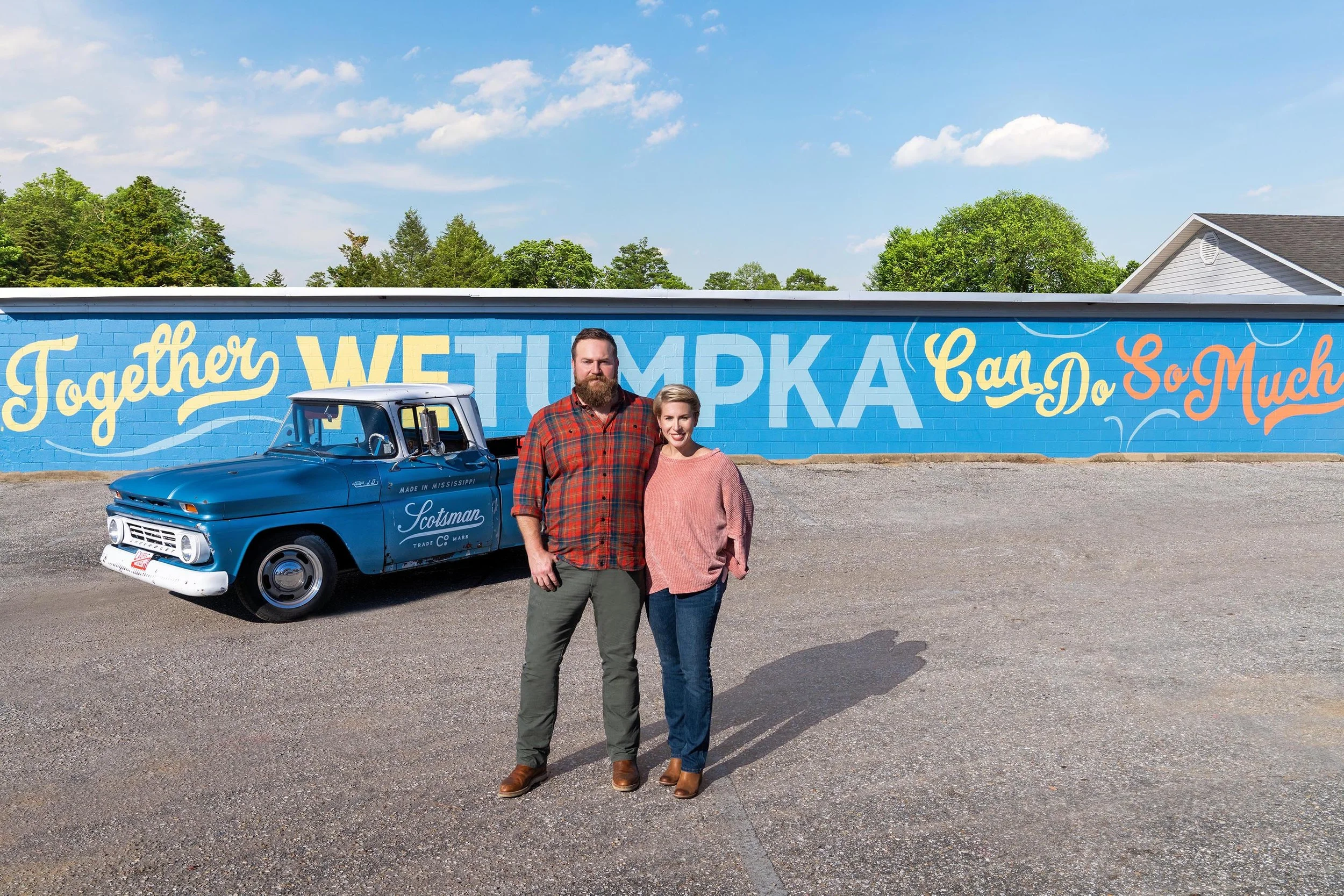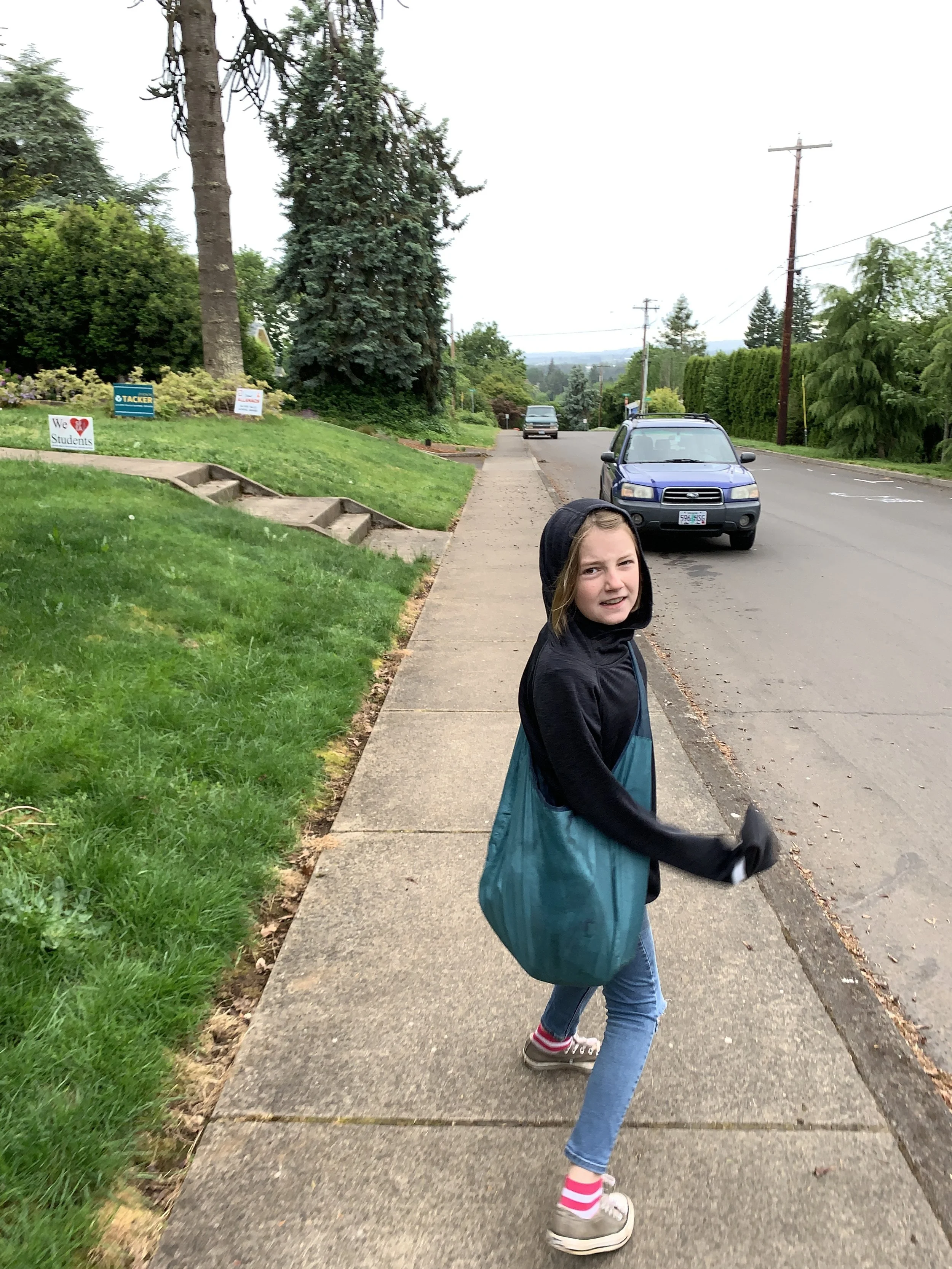What Does Urbanism Mean in Rural America?
Many of the conversations we have at Strong Towns concerning topics like dense housing, walkable neighborhoods, and transit issues are intended to be universal enough that anyone can take home lessons and apply them in their own town. But there’s one environment it gets trickier to apply urban-design insights to: rural areas. Our intention is to amplify the conversations we’ve already started about rural issues, in a new ongoing series.
As an armchair urbanist and a cycling, pedestrian, and public transit advocate dwelling in the city, you might not guess that my origins are not the semi-dense, walkable metropolitan area I live in now. I grew up in the rural backwoods, a twenty-five minute drive from school, the main town, or a grocery store. In my hometown, a car was your one and only source of freedom. I yearned for the day I would get my license and hit the highway.
Where I grew up, I wasn’t able to walk to a park or even a friend’s house. All my friends lived miles away down a hilly, unforgiving country road with no shoulders, let alone sidewalks—not a busy road, but fast-moving and winding enough to be catastrophic to all of my childhood pets. My mother made and still has a 55 mile commute one-way everyday to get to the city for work. She’s been doing it for almost 20 years.
The town I’m from, or more accurately the one I went to high school in, actually has a bustling, historical downtown. But most people don’t live in the town of 4,000 residents (give or take). They live in the surrounding county like I did, on winding (often) gravel country roads, commuting into the town or a neighboring one for work and school.
This is what a significant part of my state, not to mention the general United States, looks like. So what does urbanism have to do with us? What what does urbanism even mean if you’re not urban? How does the term auto-oriented apply when you live in a place that’s effectively auto-only? Well, for starters, it means a very different conversation than the one we’re having.
We talk about food deserts in the city, yet many advocates don’t realize the glaring mirror reflection of this issue in its country counterpart, or how common it is in rural areas to use a convenience store for groceries. According to the USDA, more rural households were food insecure than any other group. The reason? The sheer distance of travel required to access food.
Beyond that, infrastructure becomes expensive when spread out over a large expanse. There was no public transit in my hometown to speak of, outside of the shared school buses between the public and Catholic school in town. That’s particularly meaningful when you consider boredom in small towns, the rates of teenage alcohol abuse, and the unsafe nature of our roads.
Before I go further, let me say wholeheartedly that for those who live in the places I’m describing, the solution is not just to pick up and relocate themselves into the metro areas. Not only is that suggestion unrealistic, but it’s also not a financially viable or even appealing option for all people.
Don’t get me wrong. I loved growing up in a rural area. I loved catching crayfish in the creek, playing tag on hay bales, and spending a large amount of my formative years outside and unsupervised. (As long as I was home by dark, of course.) There’s an argument to be made about natural playgrounds serving as a different interpretation of walkability for kids.
But as much as I love being surrounded by nature (I’m still an avid camper), as I grew older, I craved a better way to get around. I was also influenced by our family’s decision to the host a few exchange students over the years. Particularly going abroad to visit one of those students and experiencing the train infrastructure in small town Switzerland gave me a taste of what rural public transit could be.
In college, I became interested in abandonment photography. But I wasn’t exploring dilapidated, inner city warehouses like so many of my Instagram-famous contemporaries. My photographer friend and I chose to wander the many abandoned railway towns of rural Missouri. Exploring these areas made me realize there is a foundation for creating intercity rail lines through rural America. The tracks that run straight down the Mississippi for freight could be used for commuter trains, cutting out the long car commute for people like my mom.
Abandoned farm house (Photo by Rachel Kertz)
The few Amtrak lines that do run into the city or between towns from surrounding areas don’t accommodate a typical work schedule. Despite the success of commuter trains in places like Massachusetts, investment in train infrastructure is low in the U.S. By all accounts, we are several years behind any other wealthy country. Federal rules could be hindering progress in private investment as well.
Rural America has an aging population, and an impoverished one. That means car access is becoming less common in a place where it is almost impossible to be carless. Some people believe driverless cars will be the solution, but besides being several years off in general, the point at which driverless cars will become affordable at mass is many years off.
Broaching these topics, the ones that plague many members of my own family, will be part of an ongoing series committed to examining the Strong Towns take on rural issues. At least once a month, I will be diving into the exploration of how traditional urbanism concepts can map onto the rural lifestyle. Whether it’s transit, the value of sewers versus septics in small towns, or the walkability of small towns, check out our new coverage of the #smallstrongtown.












Not only does supporting local farms help with your place’s local economy, but it also has the potential to create a flourishing and connected culture of people—as seen in these stories from Brattleboro, VT.